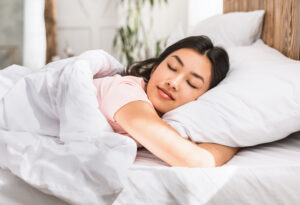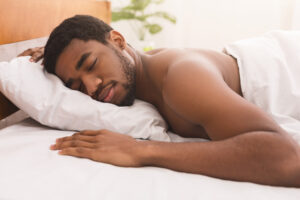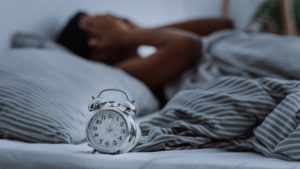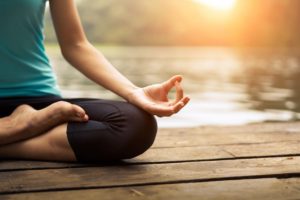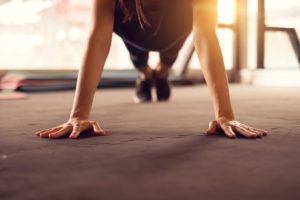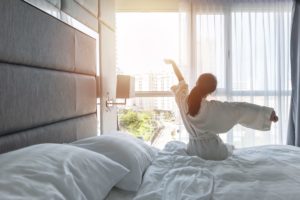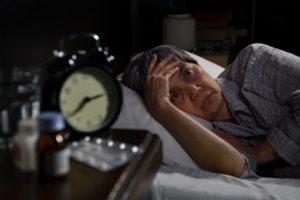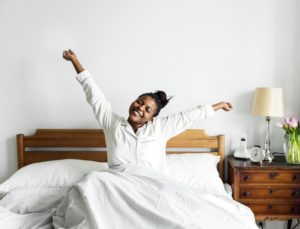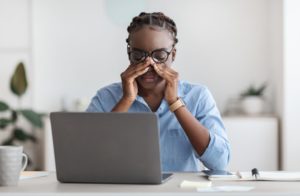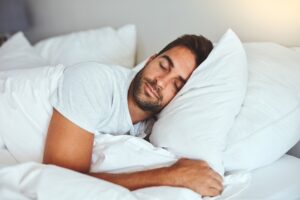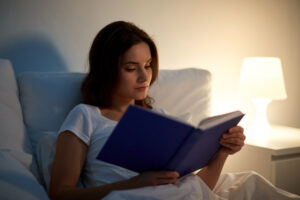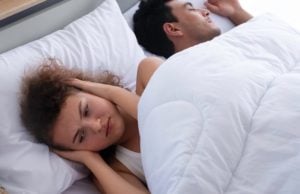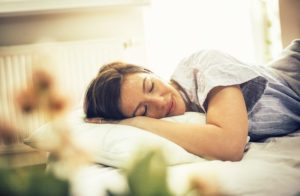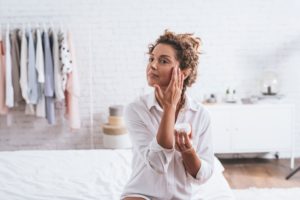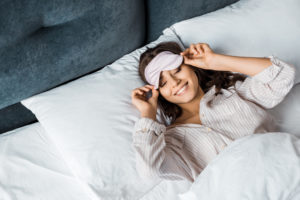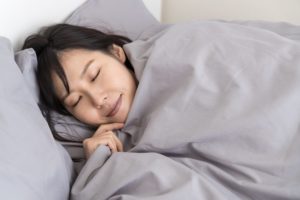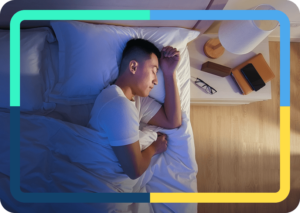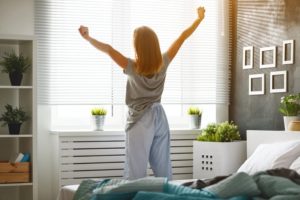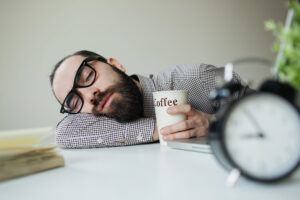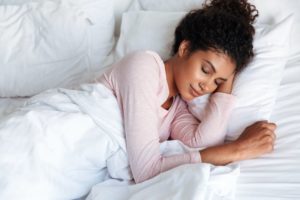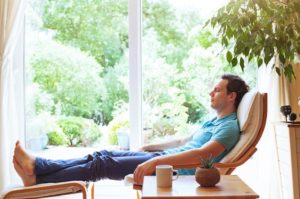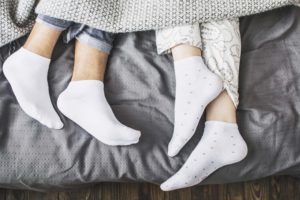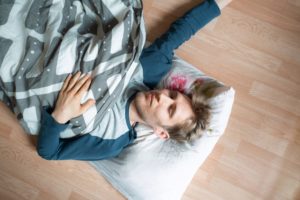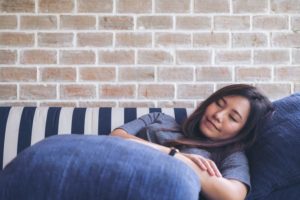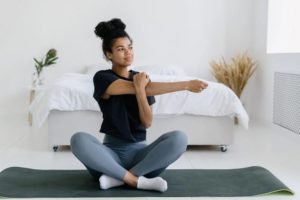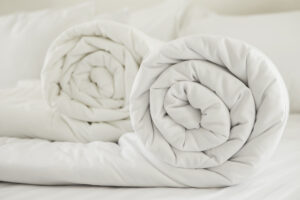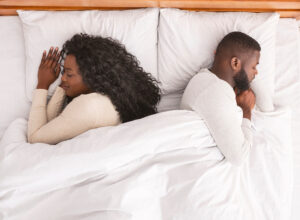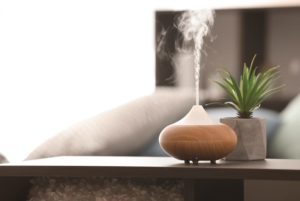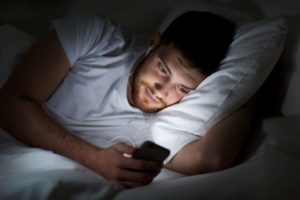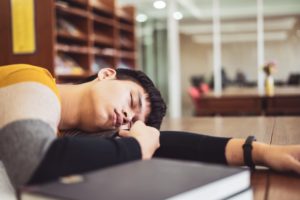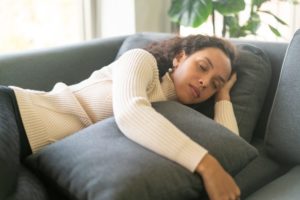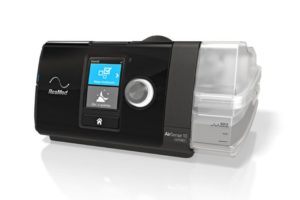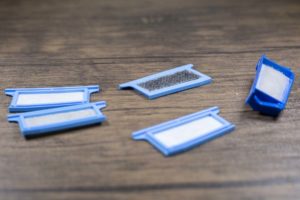When you buy through our links, we may earn a commission. Products or services may be offered by an affiliated entity. Learn more.
Coffee Nap
- A coffee nap involves drinking coffee and immediately taking a short nap to increase the following effects on alertness.
- A nap lasting around 15-20 minutes should give the caffeine necessary time to kick in.
- Coffee naps can be particularly beneficial to night shift workers and drivers.
- Napping can enhance performance and mood, but cannot replace a quality night of sleep.
A coffee nap is just what it sounds like, coffee combined with a nap. It might seem counterintuitive to combine caffeine with sleep. But caffeine followed by a brief nap has been shown to improve alertness and mental acuity in several studies.
For coffee naps to work, both timing and sequence are important. Coffee naps are most beneficial when taken after lunch , sometime during the mid-afternoon. Drinking coffee first, then napping for no more than 20 minutes, is key. Some research has shown that coffee naps may be better for helping people stay awake than just drinking coffee or a nap alone.
We explore how coffee naps work, whether they are effective, and other questions that can help you decide if trying coffee naps is right for you.
Struggling to Stay Awake? Take an At-Home Sleep Test

our partner at sleepdoctor.com
10% off Home Sleep Tests
Buy Now“Truly grateful for this home sleep test. Fair pricing and improved my sleep!”
Dawn G. – Verified Tester
How Coffee Naps Work
After one cup of coffee, or about 100 to 200 milligrams of caffeine, many people feel energized with increased alertness. Coffee naps work by combining the waking effects of caffeine with the restorative aspects of napping .
Caffeine works by blocking a neurotransmitter called adenosine. Adenosine is a naturally occurring chemical in the body that promotes feelings of sleepiness . Throughout the day, adenosine levels build, signaling the body that it is time to sleep. During sleep, adenosine is cleared from the brain .
Clearing of certain substances from the brain may enable deeper NREM sleep . Studies show that good quality sleep can positively affect decision making, problem solving, attention, and creativity.
Caffeine blocks the function of adenosine and stimulates the brain. Like two athletes jockeying for position, adenosine and caffeine compete for the same receptors in the brain. In order for caffeine to work, the brain first needs to clear receptors of adenosine. This is where a nap comes in to clear the brain of adenosine buildup, allowing caffeine to fit into open receptors.
Napping is a brief period of sleep usually taken sometime during the day. Daytime naps, often called “power naps,” lead to increased alertness and heightened mental sharpness. Researchers have found that the ideal length of a nap is around 20 minutes. Naps longer than 30 minutes can induce deeper sleep and may cause sleep inertia. Sleep inertia is the feeling of disorientation, reduced alertness, and grogginess after waking.
Are Coffee Naps Effective?
Coffee naps have been shown to be effective in certain situations. For sleepy drivers and night shift workers, caffeine combined with a nap can enhance cognitive and physical performance, problem solving, and mental acuity.
Several studies throughout the 1990s compared how well people performed after a caffeine nap versus taking caffeine or a nap alone. In one study, some participants were instructed to take 200 milligrams of caffeine and then take a nap before being kept awake for a period of 24 hours. Compared to participants who took only a nap, those who had a caffeine nap were better at maintaining alertness, logical reasoning, and performance tests.
Some researchers were particularly concerned with investigating whether caffeine and naps could improve alertness in drivers , as sleepiness is a significant factor in many car crashes. One study found that those who took 150 milligrams of caffeine or a short nap were less drowsy compared to drivers who took a placebo. Drivers who took a break to have caffeine or a nap significantly reduced sleepiness, driving impairments, and electroencephalographic (EEG) activity that indicates drowsiness.
Night shift workers may also benefit from coffee naps during work hours . One study of night shift workers demonstrated that a combination of napping plus caffeine was the most effective method for improving alertness and performance tests evaluating reaction time, sustained attention, verbal fluency, and other cognitive skills.
More recent studies have investigated whether caffeine and naps can improve the physical performance of athletes , particularly those who are sleep-deprived. Researchers compared the effects of either a 20 minute nap, a moderate amount of caffeine, or a dose of caffeine followed by a nap. Results showed that sleep-deprived athletes who combined caffeine with a nap performed better in sprinting tests than those who had either caffeine or a nap by itself.
How to Take a Coffee Nap
Taking a coffee nap is fairly easy if you can find time to do so in your schedule. Basically, it requires quickly consuming caffeine and then immediately napping for between 15 to 30 minutes, preferably about 20 minutes. Coffee naps should be taken in the afternoon , typically after lunch but not too close to bedtime.
- Prepare your coffee and nap space. This can be as simple as finding a dark, quiet room with a comfortable chair, but you can even use your car. Anywhere you feel safe where you can block out the daylight and sleep without interruptions will do.
- Get a coffee or double shot of espresso. The goal is to drink about 200 milligrams of caffeine, which may be found in a 12-ounce cup of coffee or two shots of espresso. Energy drinks, teas, and colas typically do not have enough caffeine.
- Drink your coffee fairly quickly. Think of downing your coffee rather than leisurely sipping. Your body needs to sleep before any effects of the caffeine kick in. Try iced coffee or espresso if it seems too challenging to drink a large cup of hot coffee quickly.
- After that last drop, set your alarm for 20 minutes and immediately try to sleep. Do not be concerned if sleep does not come quickly. Even a non-sleep dozing state is effective.
- Do not hit the snooze button when your alarm goes off! Sleeping longer than 20 minutes can produce feelings of grogginess and sluggishness.
Frequently Asked Questions About Coffee Naps
How Long Should a Coffee Nap Be?
In total, a coffee nap takes about 25 to 30 minutes. Plan for five minutes or so of prep time to pick your sleep spot, settle in, drink your coffee, and set your alarm. Try to limit napping to around 20 minutes.
Are Coffee Naps Better Than Regular Naps?
When comparing coffee naps with regular naps, some research indicates that coffee naps are better than naps alone. However, in certain situations a regular nap may suffice. Because caffeine produces stimulant effects lasting up to six hours, taking a coffee nap too close to bedtime can cause insomnia and other sleep disturbances.
Coffee can be expensive and is not always readily available. Some people are more sensitive to caffeine than others and experience unpleasant side effects. Insomnia, restlessness, dizziness, fast heart rate, and anxiety are a few of the more common side effects of too much caffeine.
In some situations, caffeine should be limited or avoided completely. If you have any medical concerns, ask your doctor whether caffeine or caffeinated beverages are safe for you. A variety of conditions may be negatively affected by caffeine, such as pregnancy, chronic headaches, insomnia, anxiety, high blood pressure, and stomach ulcers.
What Is the Best Time of Day for a Coffee Nap?
The best time to take a coffee nap may depend on a person’s daily schedule. For people who work during the day, a coffee nap may be most helpful after lunch, around the middle of the afternoon. It is normal for people to feel an overwhelming urge to sleep after lunch. It gets harder to pay attention and perform routine tasks.
Coffee naps taken during morning hours are too early for most people as adenosine has not yet had a chance to build up. And drinking coffee and napping too close to bedtime can impact the ability to fall asleep. Instead, a siesta in the mid-afternoon hours may be the perfect time for a coffee nap.

Still have questions? Ask our community!
Join our Sleep Care Community — a trusted hub of sleep health professionals, product specialists, and people just like you. Whether you need expert sleep advice for your insomnia or you’re searching for the perfect mattress, we’ve got you covered. Get personalized guidance from the experts who know sleep best.
References
16 Sources
-
Smith, A. P., Rusted, J. M., Eaton-Williams, P., Savory, M., & Leathwood, P. (1990). Effects of caffeine given before and after lunch on sustained attention. Neuropsychobiology, 23(3), 160–163.
https://pubmed.ncbi.nlm.nih.gov/2098674/ -
Bonnet, M. H., & Arand, D. L. (1994). The use of prophylactic naps and caffeine to maintain performance during a continuous operation. Ergonomics, 37(6), 1009–1020.
https://pubmed.ncbi.nlm.nih.gov/8026448/ -
Centofanti, S., Banks, S., Coussens, S., Gray, D., Munro, E., Nielsen, J., & Dorrian, J. (2020). A pilot study investigating the impact of a caffeine-nap on alertness during a simulated night shift. Chronobiology International, 37(9-10), 1469–1473.
https://pubmed.ncbi.nlm.nih.gov/32819191/ -
National Institutes of Health. (2020 October). NIH News in Health. Tired or wired? Caffeine and your brain.
https://newsinhealth.nih.gov/2020/10/tired-or-wired -
Kirsch, D. (2021, November 8). Stages and architecture of normal sleep. In S.M. Harding (Ed.). UpToDate.
https://www.uptodate.com/contents/stages-and-architecture-of-normal-sleep -
Bjorness, T. E., & Greene, R. W. (2009). Adenosine and sleep. Current Neuropharmacology, 7(3), 238–245.
https://pubmed.ncbi.nlm.nih.gov/20190965/ -
National Heart, Lung and Blood Institute. (2022, March 24). How sleep affects your health.
https://www.nhlbi.nih.gov/health/sleep-deprivation/health-effects -
Ma, Z., Tao, Y., Chen, H., Zhang, Y., Pan, Y., Meng, D., & Fan, F. (2022). An exploration of self-reported sleep inertia symptoms using network analysis. Nature and Science of Sleep, 14, 661–674.
https://pubmed.ncbi.nlm.nih.gov/35450224/ -
Romdhani, M., Souissi, N., Dergaa, I., Moussa-Chamari, I., Abene, O., Chtourou, H., Sahnoun, Z., Driss, T., Chamari, K., & Hammouda, O. (2021). The effect of experimental recuperative and appetitive post-lunch nap opportunities, with or without caffeine, on mood and reaction time in highly trained athletes. Frontiers in Psychology, 12, 720493.
https://pubmed.ncbi.nlm.nih.gov/34589026/ -
Reyner, L. A., & Horne, J. A. (1997). Suppression of sleepiness in drivers: Combination of caffeine with a short nap. Psychophysiology, 34(6), 721–725.
https://pubmed.ncbi.nlm.nih.gov/9401427/ -
Horne, J. A., & Reyner, L. A. (1996). Counteracting driver sleepiness: Effects of napping, caffeine, and placebo. Psychophysiology, 33(3), 306–309.
https://pubmed.ncbi.nlm.nih.gov/8936399/ -
Schweitzer, P. K., Randazzo, A. C., Stone, K., Erman, M., & Walsh, J. K. (2006). Laboratory and field studies of naps and caffeine as practical countermeasures for sleep-wake problems associated with night work. Sleep, 29(1), 39–50.
https://pubmed.ncbi.nlm.nih.gov/16453980/ -
The National Institute for Occupational Safety and Health. (2020, April 1). Napping, an Important Fatigue Countermeasure.
https://www.cdc.gov/niosh/work-hour-training-for-nurses/longhours/mod7/01.html -
Romdhani, M., Souissi, N., Moussa-Chamari, I., Chaabouni, Y., Mahdouani, K., Sahnoun, Z., Driss, T., Chamari, K., & Hammouda, O. (2021). Caffeine use or napping to enhance repeated sprint performance after partial sleep deprivation: Why not both? International Journal of Sports Physiology and Performance, 16(5), 711–718.
https://pubmed.ncbi.nlm.nih.gov/33571957/ -
Drake, C., Roehrs, T., Shambroom, J., & Roth, T. (2013). Caffeine effects on sleep taken 0, 3, or 6 hours before going to bed. Journal of Clinical Sleep Medicine: Official Publication of the American Academy of Sleep Medicine, 9(11), 1195–1200.
https://pubmed.ncbi.nlm.nih.gov/24235903/ -
Hayashi, M., Masuda, A., & Hori, T. (2003). The alerting effects of caffeine, bright light and face washing after a short daytime nap. Clinical Neurophysiology, 114(12), 2268–2278.
https://pubmed.ncbi.nlm.nih.gov/14652086/




